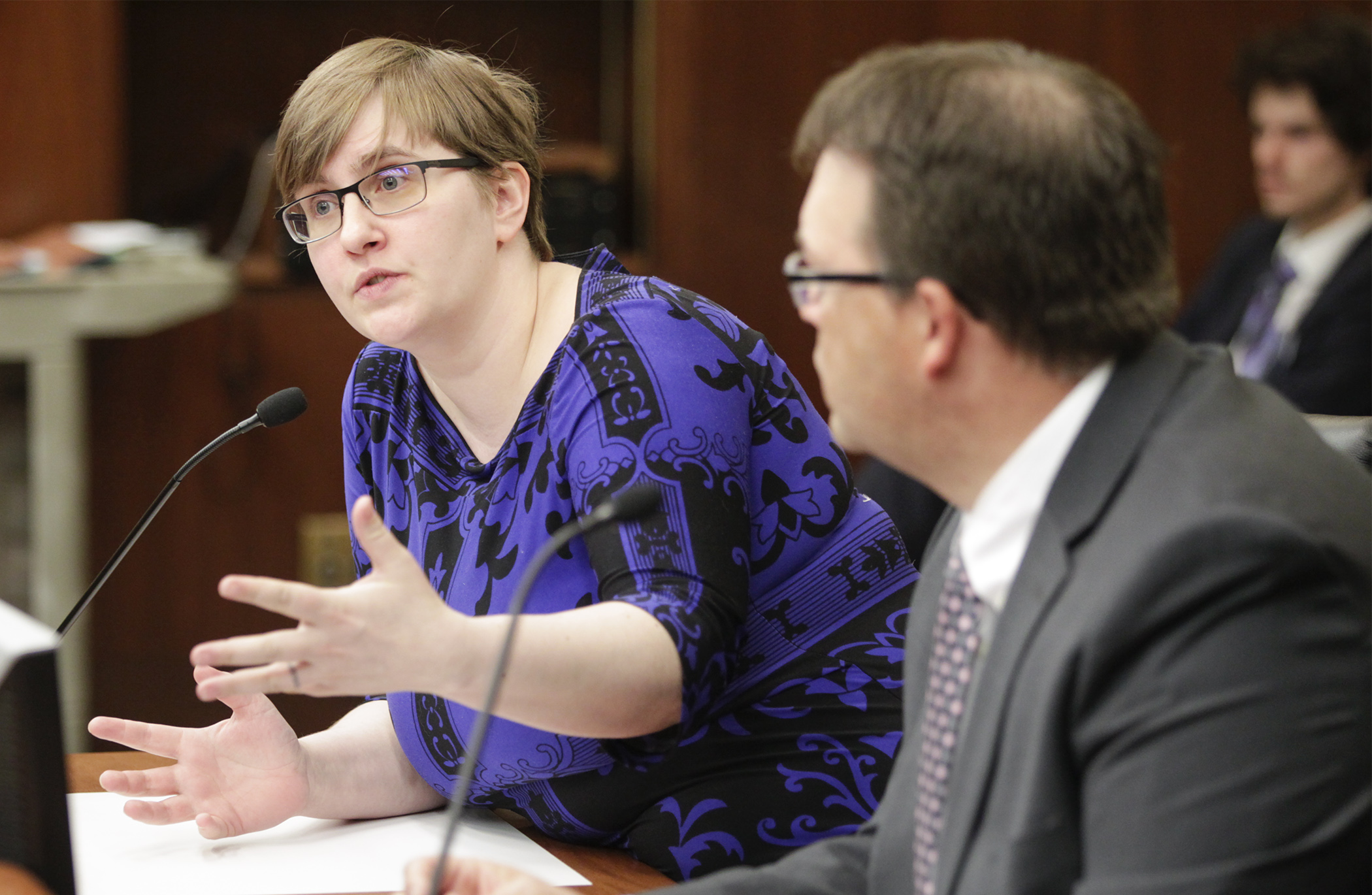Marooned Argosy students may be thrown a financial lifeline

When Argosy University abruptly announced its immediate closing in March, almost 1,000 Minnesota students enrolled at its Eagan campus were suddenly without a school. Not only that, but they didn’t receive grant and loan funds upon which they depended to pay for housing, transportation and child care.
But the state’s Office of Higher Education has been scrambling to help, and a bill approved Friday by the House Higher Education Finance and Policy Division would set some financial relief in motion.
HF2849, a bipartisan effort sponsored by the division chair, Rep. Connie Bernardy (DFL-New Brighton), would authorize the state’s Office of Higher Education to make direct payments of state financial aid to eligible former Argosy students and release them from liability for any SELF student loans for the spring 2019 semester.
The division approved the bill and referred it to the House Ways and Means Committee. If it becomes law, over $245,000 in relief would start flowing the students’ way almost immediately. Where would the money come from? That’s what Rep. Sandy Layman (R-Cohasset) wanted to know.
Betsy Talbot, the Office of Higher Education’s manager of instructional registration and licensing, said SELF loans would come from reserves within its fund, while the grants would use the existing funds that should have gone to the students, but hadn’t yet been paid to Argosy for disbursement to students.
“The rest we’re trying to recoup through the receivership (a form of bankruptcy) in Ohio Federal Court,” Talbot said. “Through court proceedings, we did find out that there is a special account labeled ‘Minnesota state grant’ that was conserved and not liquidated by the corporate entity, and so we’re going to be trying to recover those funds.”
When asked about a timeline, Talbot said, “We’re going to try to resolve this for all students by Oct. 31. We will communicate with eligible students throughout this process.”
Rep. Brian Daniels (R-Faribault) wanted to know how such difficulties could be avoided with other schools in the future.
“We do have plenty in mind,” said Higher Education Commissioner Dennis Olson, “but we want to bring a comprehensive plan together next session.”
Talbot said her office wants to expand its focus upon financial viability.
“We need a better response to institutions that are having solvency issues,” she said. “Unfortunately, the financial reporting mechanisms now are very tied to the U.S. Department of Education’s metrics and those are typically about two years behind. … But schools are running out of cash very quickly, so being two years behind on financial measures is not sufficient to determine whether we need a surety requirement.”
Bernardy addressed the plight of 35 dental hygiene students who were six weeks from graduating when Argosy closed, some of whom testified at an April 10 hearing, many through tears. She said that there are plans to have them complete their clinical requirements through Century College, pending approval by the Commission on Dental Accreditation. The program would begin May 23, with clinical work completed over the summer.
As for other Argosy programs, Talbot expressed optimism that there are some schools interested in acquiring Argosy’s doctorate of clinical psychology program, including a Chicago school investigating opening a satellite program here. More problematic, she said, are Argosy’s histotechnology program and its doctorate in marriage and family therapy, for which the higher education office hasn’t been able to find other programs that are a good fit to “teach out” those who were enrolled in Argosy’s programs.
The bill’s companion, SF2849, sponsored by Sen. Paul Anderson (R-Plymouth), was approved by the Senate Higher Education Finance and Policy Committee Thursday and referred to the Senate Rules and Administration Committee.
Related Articles
Search Session Daily
Advanced Search OptionsPriority Dailies
Ways and Means Committee OKs proposed $512 million supplemental budget on party-line vote
By Mike Cook Meeting more needs or fiscal irresponsibility is one way to sum up the differences among the two parties on a supplemental spending package a year after a $72 billion state budg...
Meeting more needs or fiscal irresponsibility is one way to sum up the differences among the two parties on a supplemental spending package a year after a $72 billion state budg...
Minnesota’s projected budget surplus balloons to $3.7 billion, but fiscal pressure still looms
By Rob Hubbard Just as Minnesota has experienced a warmer winter than usual, so has the state’s budget outlook warmed over the past few months.
On Thursday, Minnesota Management and Budget...
Just as Minnesota has experienced a warmer winter than usual, so has the state’s budget outlook warmed over the past few months.
On Thursday, Minnesota Management and Budget...